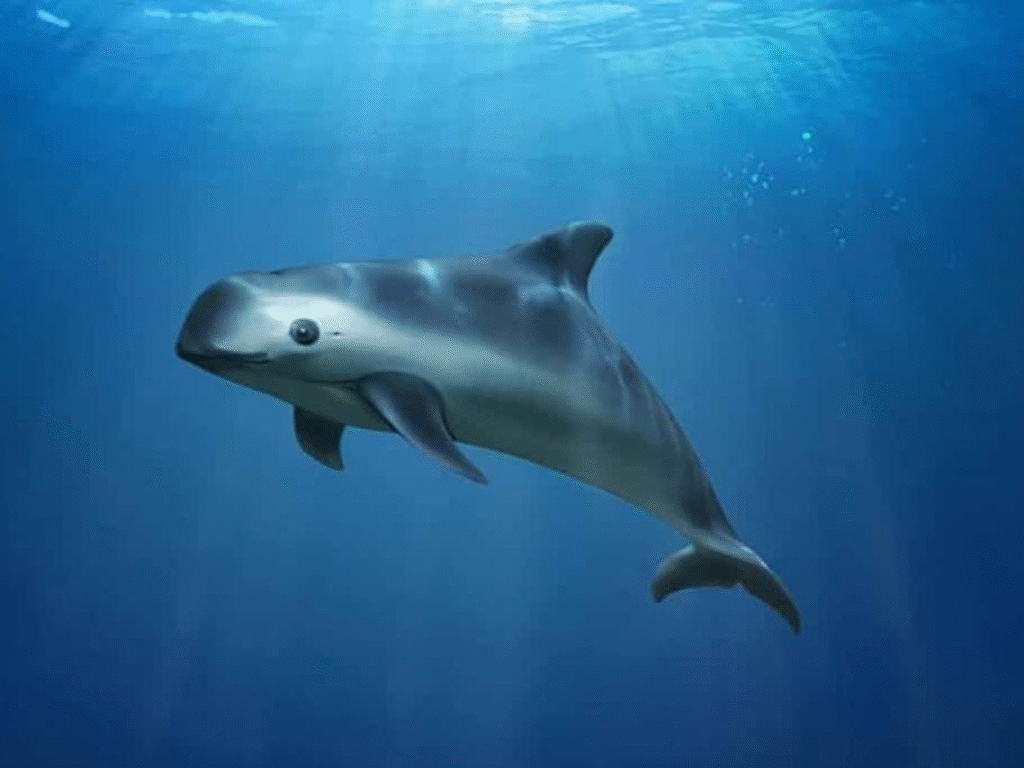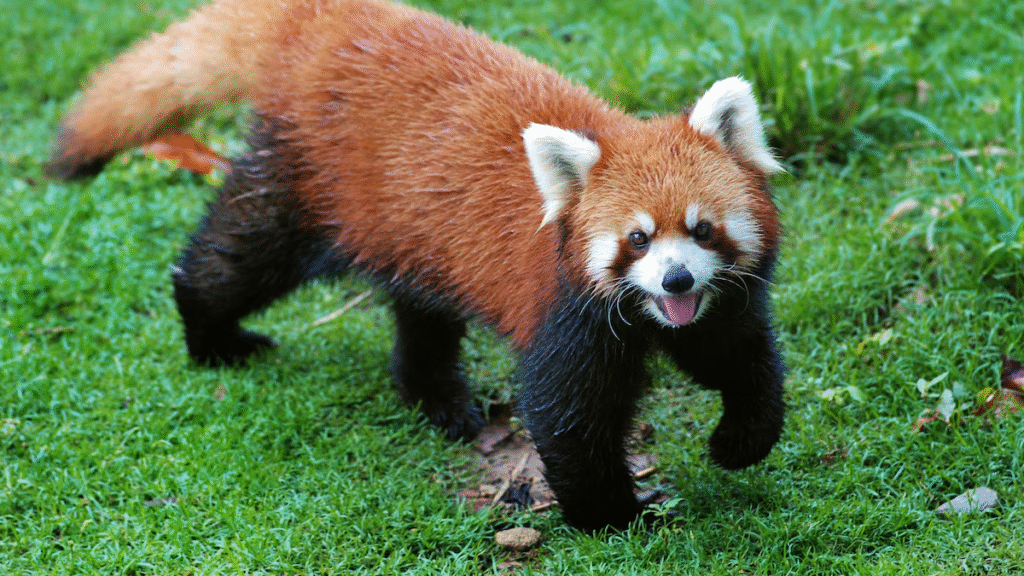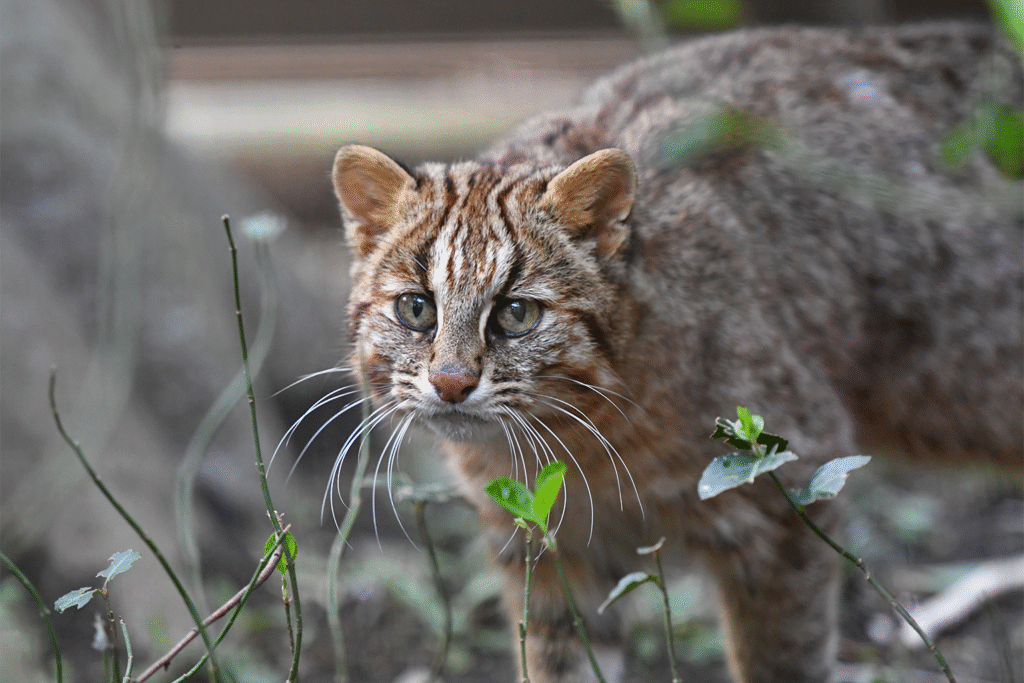10 Cutest Endangered Species in the World 2025
We hear daily about animals going extinct and deem it a problem for scientists or remote countries. But you would not believe that among the world’s most adorable animals, some are shrinking slowly?. From little rabbits to smiling sea creatures, countless numbers of them are struggling to survive. They’re sweet, one-of-a-kind, and in severe peril.
In this blog, we will take a closer look at 10 of the Cutest Endangered Species in the World what sets them apart, why they are threatened, and how we can help them.
Axolotl – The Smiling Water Monster

The axolotl is a Mexican amphibian that looks like a smiling face forever. It has soft, puffy gills on the sides of its head, little legs, and a wide face. What’s so unique about it is that it stays in its baby stage for its whole life!
- Where it lives: Mexico, in lakes like Xochimilco
- Eats: Worms, insects, small fish
- Threatened by: Pollution of water, alien fish, destruction of habitat
- Number left: Maybe less than 1,000 in the wild
Axolotls can regrow limbs and organs, as they possess the capacity to do so. which is very unusual among animals. Researchers learn from them for medical reasons. Sadly, the lakes they call home are disappearing fast.
Vaquita – The Shy Sea Panda

The vaquita is the world’s smallest porpoise. It has large eyes and dark circles around them, so the panda-like appearance. Unfortunately, it is also the world’s most endangered marine mammal.
- Where it takes place: Northern Gulf of California, Mexico
- Eats: Shrimp, fish, squid
- Why is it threatened: Caught in fishing nets, totoaba poaching
- How many are left: Less than 10!
It’s a tragedy, but fewer than a few dozen vaquitas might exist. Year by year, individuals try to save them but time is a luxury they can no longer afford.
Red Panda – The Fluffy Tree Climber

Red pandas resemble a mix between a fox, a raccoon, and a teddy bear. They have reddish-brown fur, have long fluffy tails, and sweet faces.
- Where it is located: Eastern Himalayas (Nepal, India, China)
- Eats: Primarily bamboo, supplemented by fruits and insects
- Why endangered: Deforestation, poaching, pet trade
- how many are left: Fewer than 10,000 in the wild
They’re shy and mostly active at night. Even though they’re cute enough to be used in movies, they’re Declining because of humans.
Pygmy Rabbit – The Tiny Forest Bunny

The pygmy rabbit is also the lightest rabbit in North America, weighing under a pound. It is a soft, rounded, and short little-eared animal essentially a stuffed animal come to life.
- Where it is located: U.S. (Idaho, Wyoming, Utah)
- Eats: Sagebrush
- Why endangered: Habitat destruction, farming, predation
- how many are left: A few hundred in the wild
They are hard to find, live in dense shrubs, and belong to precious ecosystems. Conservation organizations are trying to preserve them by breeding programs and restoration of habitats.
Philippine Tarsier – The Big-Eyed Tree Hugger

The Philippine tarsier is a small primate, but its eyes are huge each eye is about the same size as its brain!
- Where it is located: Philippine islands (e.g., Bohol and Leyte)
- Eats: Insects and small creatures
- Why endangered: Why is it threatened: Deforestation, tourism, captivity stress
- how many are left: Less than 10,000
They are sensitive, solitary animals that get stressed easily. They can be killed by loud noises or even being touched, so eco-tourism is the answer.
Slow Loris – Adorable but Deadly

With its big eyes, slow movements, and soft fur, the slow loris looks like a teddy bear. But it’s also the only venomous primate in the world!
- Where it is located: Southeast Asia
- Eats: Insects, fruits, tree sap
- Why endangered: Illegal pet trade, forest loss
- how many are left: Not known, but falling fast
They wish to film themselves getting tickled, but that is inhumane. Removing their teeth and taking them in from the wild is painful and kills them. They are not pets they are wild animals and should be conserved.
Iriomote Cat – The Island Wildcat

This wildcat occurs exclusively on Iriomote Island in Japan. It is small, timid, and resembles a hybrid between a house cat and a bobcat.
- Where it is located: Iriomote Island, Japan
- Eats: Birds, reptiles, frogs
- Why endangered: Roads, land development, small population
- how many are left: Less than 250
the riomote Island is small, and A small change to their surroundings could really harm them. Locals and scientists are working together to protect the forests and help prevent roadkill
Mountain Pygmy Possum – The Snow Survivor

This little Australian marsupial hibernates under the snow in winter! It is so adorable with a pointed nose, silky coat, and tiny feet.
- Where it is located: Australian Alps
- Eats: Seeds, moths, berries
- Why endangered: Climatic change, ski resorts, loss of habitat
- how many are left: Approximately 2,000 people
Less severe winters are decreasing the snow cover on which they must live. they’re being protected through government efforts and special breeding centers.
Northern Bald Ibis Chick – Weird but Wonderful

The northern bald ibis adult might not be so cute, but the juveniles? Fluffy, big-eyed, and cute.
- Where it is located: Europe, Middle East, and North Africa
- Eats: Insects, worms, small reptiles
- Why endangered: Destruction of habitat, hunting, power lines
- how many are left: Approximately 700 in the wild
These birds are now being reintroduced through breeding programmes. Volunteers even dress up as parent birds and teach them to fly south safely on microlight planes!
Why Cute Won’t Do
They are so easy to fall in love with at first sight. But cuteness will not set them free. In fact, some of them are in greater peril because human beings would want to keep them as pets or take a picture with them.
Each of these animals plays a role in their world. When we lose them, we’re losing not just a facepart of the equilibrium of the world.
What You Can Do to Help
You don’t need to be a scientist to make a difference. Here are a few simple things you can do to help:
- ✅ Support conservational organizations (such as WWF, Rainforest Trust, or local wildlife sanctuaries)
- ✅ Don’t buy exotic pets or souvenirs made from animals
- ✅ Raise awareness write about endangered species, talk to friends, teach children
- ✅ Visit ethical zoos or sanctuaries that help in breeding and education
- ✅ Reduce use of plastic and assist in keeping oceans and forests clean
Every bit helps. If every person who cares gives a little, we can give these precious animals a better chance.







